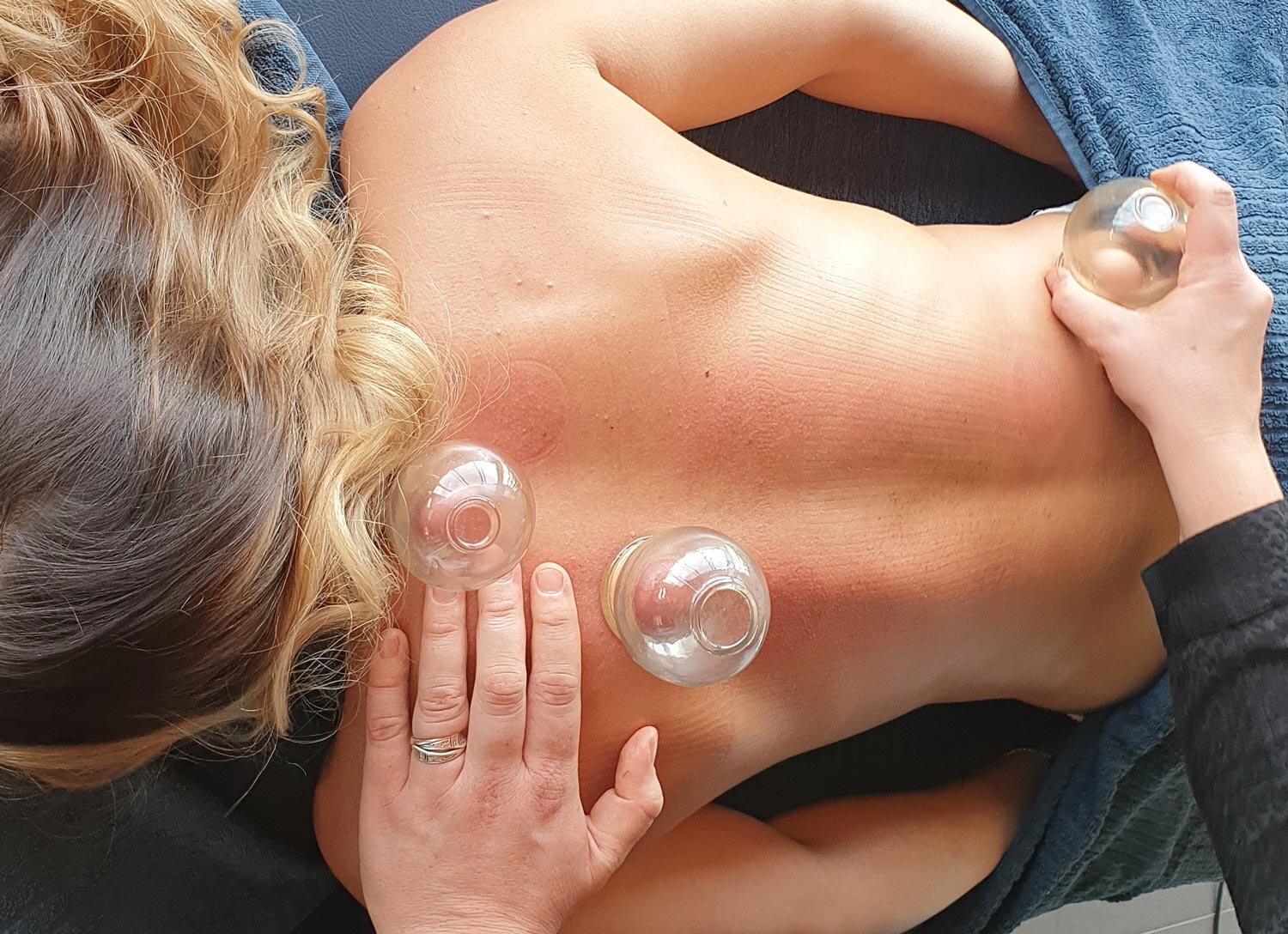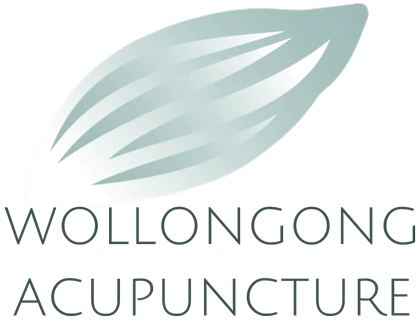
Pain relief
Chinese medicine and acupuncture to reduce and manage acute and chronic pain
We can experience pain as a result of many things — injuries, arthritis, headaches and migraine, neuropathy and pain related to other health conditions — just to name a few. Chinese Medicine can help to reduce and manage both chronic and acute pain — through acupuncture.
How does acupuncture work for pain relief?
The World Health Organization recognises 361 standardised acupoints in the human body, which respond to various stimulations. Inserting fine needles into these acupoints stimulates the central nervous system, which then releases chemicals into the body.
Research shows that acupuncture helps your body to create endogenous (internally created) opioids such as β-Endorphines that are four times stronger than morphine dose for dose.
Acupuncture may also have direct effects on the tissues where needles are inserted by reducing inflammation and pain associated with that.
Even though acupuncture is known for its empirical evidence in effectively treating pain, it’s important to also mention current research on the effectiveness of acupuncture for specific types of pain.
What the science says
Many research studies have been conducted to examine the effectiveness of acupuncture for natural pain relief. Acupuncture is beneficial for pain control and reducing inflammation in the body. While research in the area of natural pain relief through acupuncture continues, studies have shown that acupuncture may be helpful for several acute and chronic pain conditions. These include:
back and neck pain
shoulder pain
osteoarthritis of the hand, hip and knee and rheumatoid arthritis
headache and migraine
sciatica
postoperative pain
cancer pain
chronic prostatitis/chronic pelvic pain syndrome
fibromyalgia
Some clinical trials have shown that pain relief from acupuncture can be maintained for months or even a full year after treatment.
Evidence also shows that combining acupuncture with other therapies such as pain relief medications, analgesics ladder programs, rehabilitation training, and moxibustion and cupping, can lead to better health outcomes by reducing drug dosage and use, improving pain levels, and preventing a transition to chronic pain.
What can I expect from Chinese pain relief treatment?
During your consultation, we’ll discuss what areas are troubling you and what kind of treatment would best suit you. I use a few different types of treatment that focus on the neuromuscular pathways of your body.
Distal acupuncture is a great option especially if the painful area is very inflamed. This method of natural pain relief involves inserting acupuncture needles in your arms and legs to treat many different locations of pain. This treatment is fast-acting and can give me an indication of how long your treatment plan will be.
If your presenting pain occurs due to dysfunction of muscle movement, then I use Motor Point acupuncture to switch muscles back on that have forgotten how to fire effectively or have been inhibited.
If there are blood circulation issues causing tension and pain, I can also use cupping therapy to release tightness held in the muscles fascia and encourage blood circulation.
If you want acupuncture treatment to target your pain, book an Initial Acupuncture Consultation and Treatment Appointment where we can understand the reason for your pain and create a treatment plan tailored to your body’s needs.
Give the gift of pain relief
If you know someone who is suffering with pain, why not purchase a RECOVER gift card?
Using evidence-based acupuncture techniques this 60-minute session targets pain relief in a way that is gentle and effective.
References:
Pacific WHORO for the W. WHO Standard Acupuncture Point Locations in the Western Pacific Region. WHO Regional Office for the Western Pacific; 2008. Accessed November 16, 2023. https://iris.who.int/handle/10665/353407
Nielsen A, Dusek JA, Taylor-Swanson L, Tick H. Acupuncture Therapy as an Evidence-Based Nonpharmacologic Strategy for Comprehensive Acute Pain Care: The Academic Consortium Pain Task Force White Paper Update. Pain Med. 2022;23(9):1582-1612. doi:10.1093/pm/pnac056
MacPherson H, Vertosick EA, Foster NE, et al. The persistence of the effects of acupuncture after a course of treatment: a meta-analysis of patients with chronic pain Pain. 2017;158(5):784-793. doi:10.1097/j.pain.0000000000000747
Deng D, Xu F, Wang Y, Ma L, Zhang T, Zhao W, Chen X. Efficacy of acupuncture combined with patient-controlled analgesia in the treatment of acute pain after back surgery: A meta-analysis. Pain Res Manag 2022 (4):1-14. Article ID 2551591. doi: 10.1155/2022/2551591.
Li D-H, Su Y-F, Fan H-F, Guo N, Sun C-X. Acupuncture combined with three-step analgesic drug therapy for treatment of cancer pain: A systematic review and meta-analysis of randomized clinical trials. Evid-based Complement Altern Med. 2021; 2021, Article ID 5558590, 12 pages. doi: 10.1155/2021/5558590.
Zhan J, Wei X, Tao C, Yan X, Zhang P, Chen R, Dong Y, Chen H, Liu J, Lu L (2022) Effectiveness of acupuncture combined with rehabilitation training vs. rehabilitation training alone for post-stroke shoulder pain: A systematic review and meta-analysis of randomized controlled trials. Front Med. 2022; 9:947285. doi: 10.3389/ fmed.2022.947285
Zhou Q, Shenyu W, Zhu H, Hu Y, Liu Y, Yang H, Zeng S, Chai S, Li J, Tao M. Acupuncture and moxibustion combined with cupping for the treatment of post-herpetic neuralgia A meta-analysis. Medicine 2021; 100:31(e26785). doi: 10.1097/MD.0000000000026785.
Vickers AJ, Vertosick EA, Lewith G, et al. Acupuncture for Chronic Pain: Update of an Individual Patient Data Meta-Analysis J Pain. 2018;19(5):455-474. doi:10.1016/j.jpain.2017.11.005
Kolasinski SL, Neogi T, Hochberg MC, et al. 2019 American College of Rheumatology/Arthritis Foundation Guideline for the Management of Osteoarthritis of the Hand, Hip, and Knee [published correction appears in Arthritis Rheumatol. 2021 May;73(5):799]. Arthritis Rheumatol. 2020;72(2):220-233. doi:10.1002/art.41142
Chou PC, Chu HY. Clinical Efficacy of Acupuncture on Rheumatoid Arthritis and Associated Mechanisms: A Systemic Review. Evid Based Complement Alternat Med. 2018;2018:8596918. Published 2018 Apr 12. doi:10.1155/2018/8596918
Li YX, Xiao XL, Zhong DL, et al. Effectiveness and Safety of Acupuncture for Migraine: An Overview of Systematic Reviews. Pain Res Manag. 2020;2020:3825617. Published 2020 Mar 23. doi:10.1155/2020/3825617
Zhang Z, Hu T, Huang P, et al. The efficacy and safety of acupuncture therapy for sciatica: A systematic review and meta-analysis of randomized controlled trials. Front Neurosci. 2023;17:1097830. Published 2023 Feb 9. doi:10.3389/fnins.2023.1097830
Shah S, Godhardt L, Spofford C. Acupuncture and Postoperative Pain Reduction. Curr Pain Headache Rep. 2022;26(6):453-458. doi:10.1007/s11916-022-01048-4
Ge L, Wang Q, He Y, et al. Acupuncture for cancer pain: an evidence-based clinical practice guideline. Chin Med. 2022;17(1):8. Published 2022 Jan 5. doi:10.1186/s13020-021-00558-4
Qin Z, Guo J, Chen H, Wu J. Acupuncture for Chronic Prostatitis/Chronic Pelvic Pain Syndrome: A GRADE-assessed Systematic Review and Meta-analysis. Eur Urol Open Sci. 2022;46:55-67. Published 2022 Oct 26. doi:10.1016/j.euros.2022.10.005
Berger AA, Liu Y, Nguyen J, et al. Efficacy of acupuncture in the treatment of fibromyalgia. Orthop Rev (Pavia). 2021;13(2):25085. Published 2021 Jun 22. doi:10.52965/001c.25085
Shi GX, Liu BZ, Wang J, et al. Motion style acupuncture therapy for shoulder pain: a randomized controlled trial.J Pain Res. 2018;11:2039-2050. Published 2018 Sep 25. doi:10.2147/JPR.S161951

